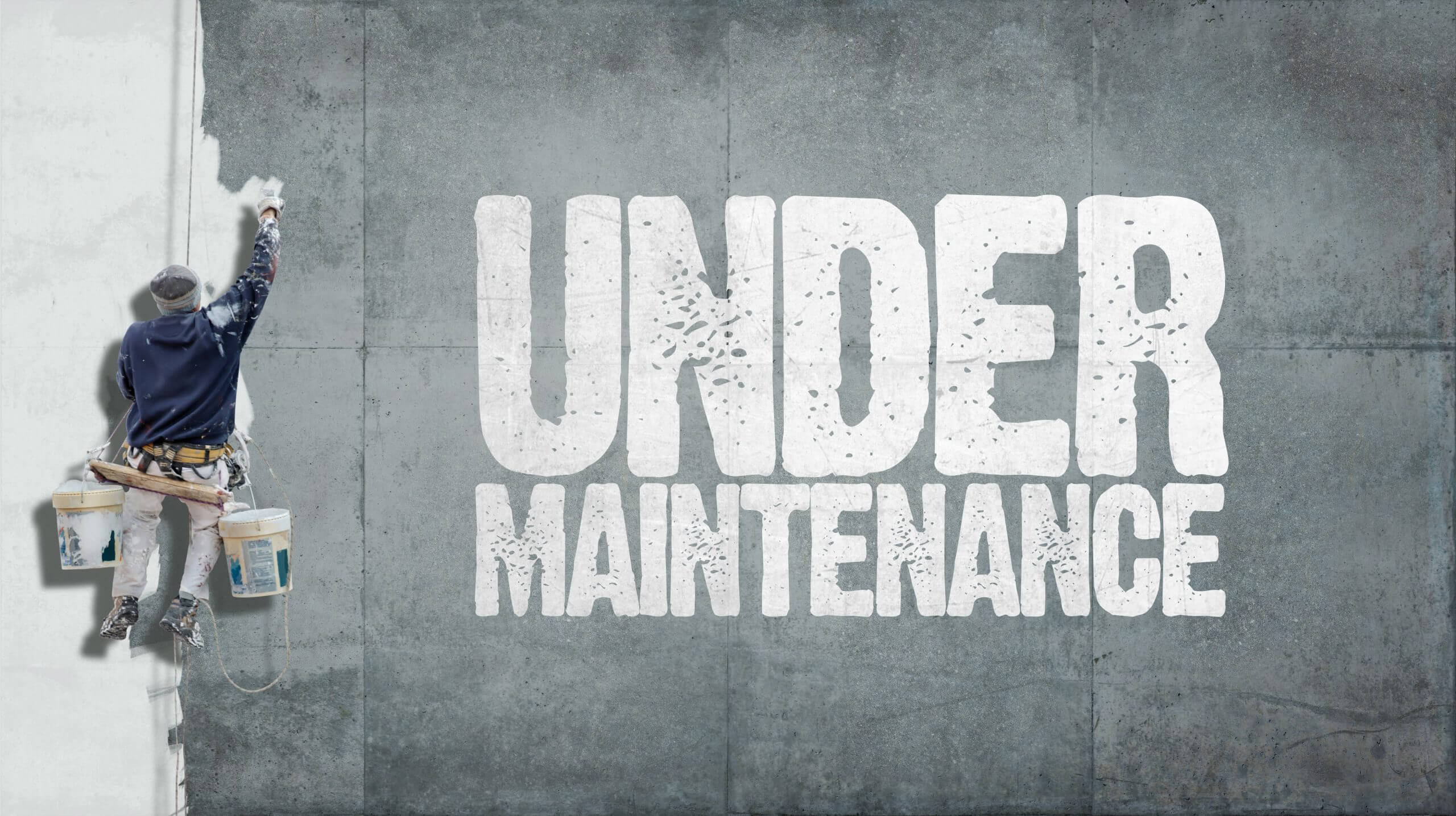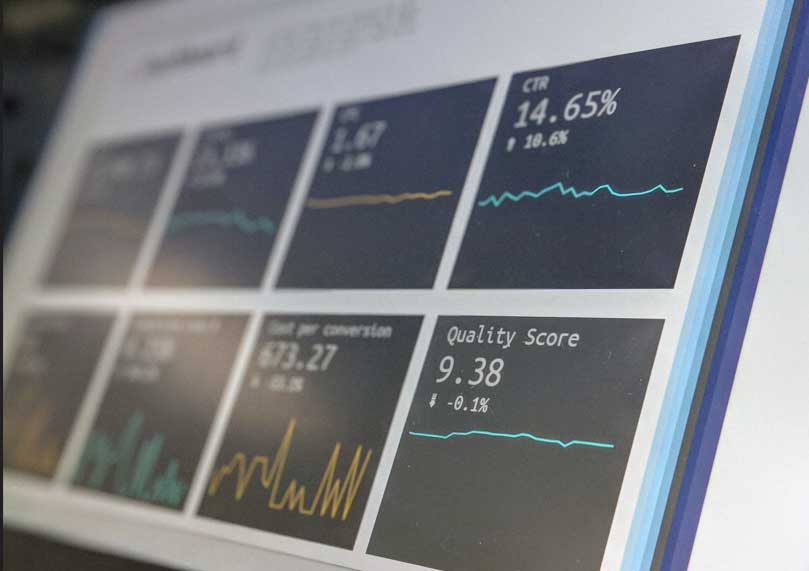Edition 2021: Best Practices of Ecommerce Website Maintenance
Singapore is a booming ecommerce market that has shown exemplary growth in the past decade. During the covid 19 pandemic, more businesses partnered with agencies specializing in ecommerce website design shifted to digital platforms to keep themselves afloat. It led to an accelerated digital transformation across industries. The worst of the pandemic might be over, but the changes it brought have become the business blueprint of the future, with the ecommerce sector playing the most vital role. The country’s ecommerce industry is expected to surpass 4,079 USD by 2025 at a 9.93% CAGR. With such impetus on the ecommerce sites, businesses need to know about the technical aspect of running it, for instance, ecommerce maintenance. On that note, let’s brush up on the best practices of ecommerce website maintenance that will be of relevance in 2021.
Ecommerce Website Maintenance Checklist
E-commerce, woo-commerce maintenance or upkeep of any other website framework is a highly technical task that experts’ best undertake with knowledge and experience. Nevertheless, it helps the owner of the website to know the basics of regular care and upkeep. For this year, the experts have highlighted the following points as the unavoidable checklist of ecommerce maintenance.
There are three parts of ecommerce site maintenance, which are:
- Basic maintenance
- Front-end maintenance
- Back-end maintenance
Now let’s elaborate each with what it comprises of:
Basic Maintenance
- Ensure site backup before initiating the update and maintenance.
- Update the site to its latest version as per the ecommerce CMS or software.
- Run a test to detect bugs that might disrupt the seamless running of the website.
- Fix the bugs detected and all the broken links.
- Run a comprehensive diagnostics of the site to measure and assess the UX (User Experience).
Front-end & Back-end Maintenance
- The front-end maintenance focuses on ensuring optimum user experience, so the first part is checking all the URLs’ functionality and fixing if anything is broken.
- Ensure the seamless execution of the entire process from browsing to adding product to the shopping carts until the checkout.
- Ensure that all the call action buttons and links are working fine, as it directly enhances engagement with the target audience.
- Make sure that the page loading time is minimal.
- Optimize the existing content to generate faster conversions and encourage quality engagements.
Other ecommerce maintenance practices include:
- Updating the product and price list. If a new product has been launched, then put it in the forefront. In case some of the products have been discontinued, then remove them from the website.
- Run a thorough security check to assess the vulnerabilities and fix the same accordingly.
- Stay updated with the latest CMS upgrade to ensure that there are no website downtimes.
- Add support plugins if the CMS cannot accommodate a certain function. However, in that case, you need to run separate security checks and updates on the plugins.
- Take necessary steps to accommodate website redesign, new hosting or CMS upgrades.
Regular website maintenance is significant to the running and performance of the website because:
- Improves the site quality and user experience, which can reduce cart abandonment issues.
- Prevents the site from falling victim to malicious attacks.
- Keeps the site updated, keeping it highly functional and scalable.
- Adds credibility to the ecommerce site, making it visible to the search engines. Google only acknowledges well-maintained websites.
- Keeps the site traffic active and high at all times.
Whether you have an old ecommerce site or a newly launched one, weekly, monthly, yearly maintenance is a must to see actual business benefits in revenue generation at the end of the year. So, find a team of the best professionals for ecommerce maintenance who can deliver favourable results for you.







